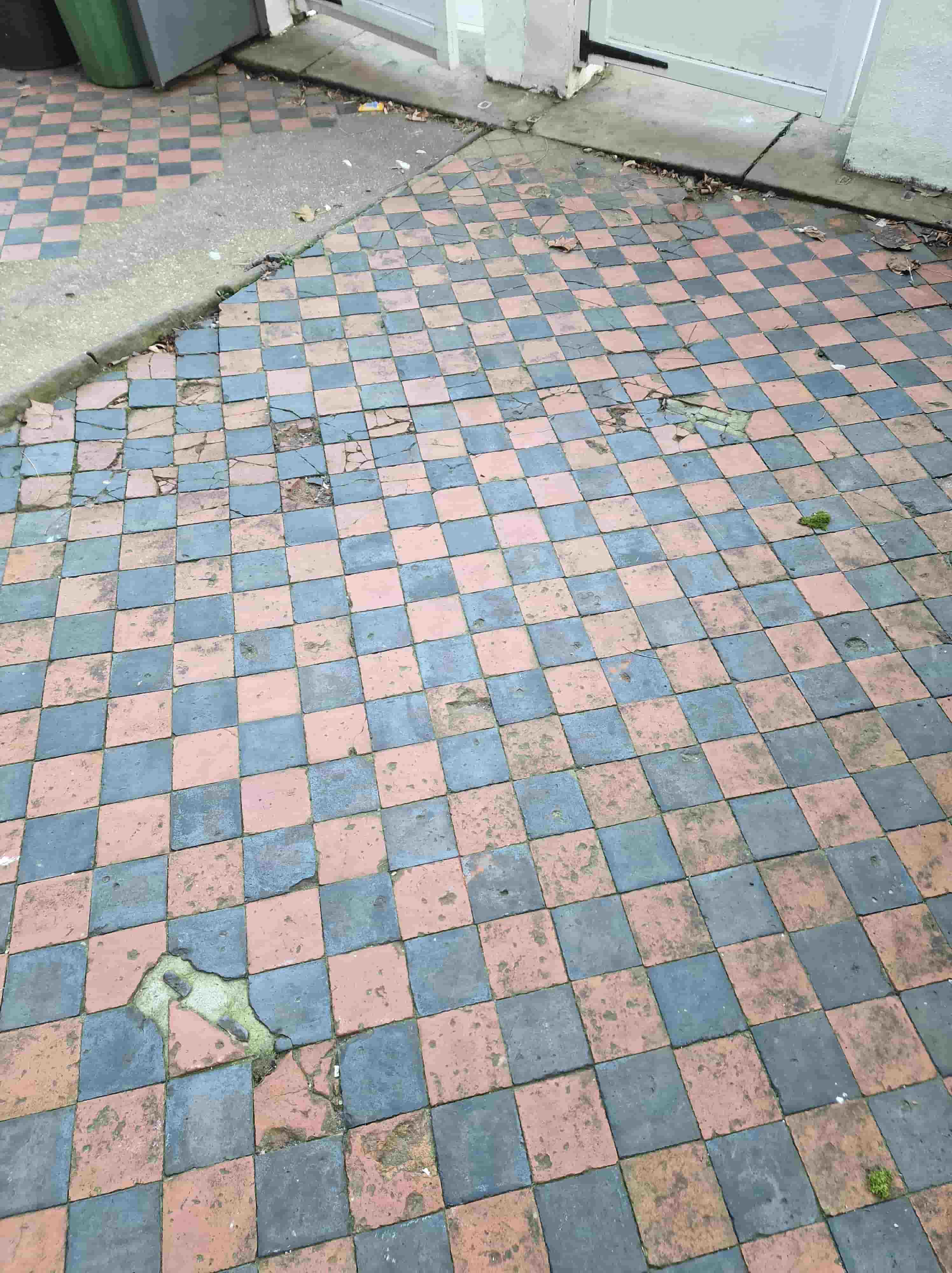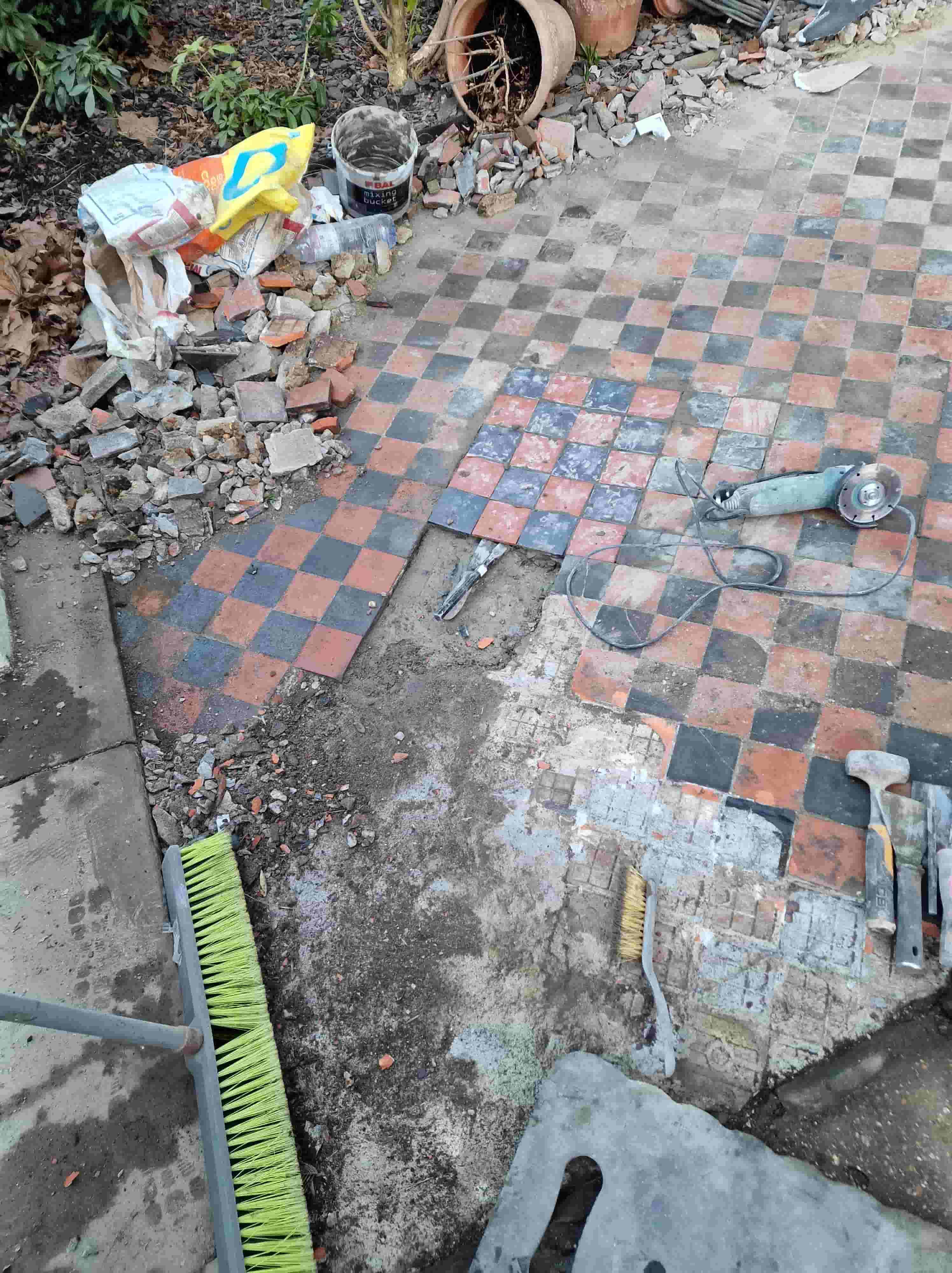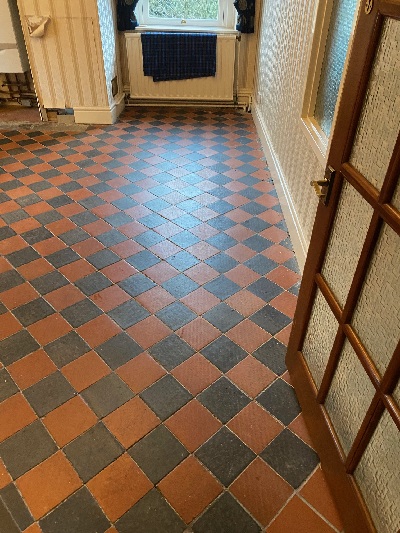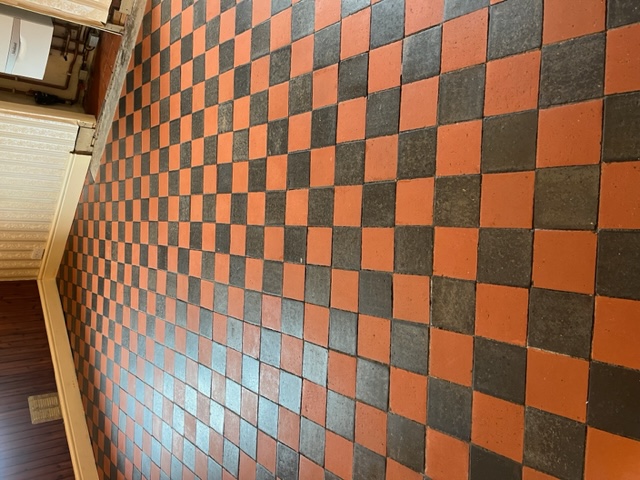Hardwood floors can seem dull compared to the color and texture options of carpeting. Wood floors are more than the waxed oak planks of yesteryear, though. Choices of species, finishes and accents provide as many style options as carpeting.
Hardwood Species
Choosing a species of wood for hardwood floors is as basic a decision as choosing a color for carpet and can have the same impact on the look of the room. The most common species is oak, which can be laid with a natural finish or a variety of stains. Cherry, maple, birch and walnut all bring unique color and grain characteristics to a room.
More exotic species are joining ash and pecan in specialty hardwood floors to make a different style statement. Kona, cabreuva, pradoo and Brazilian cherry give floors tints and colors that used to be the territory of carpet. Kona is a dark coffee color and pradoo is red. The style comes at a price, though. More exotic hardwoods are more expensive than the oak and maple.
For a unique style, consider mixing planks of different species in a room, or using a species with a natural variegation in the wood grain.
Hardwood Finishes
Like the height of a carpet nap, the choice of matte or gloss finish on a hardwood floor depends partly on personal taste, and part on function. Matte and gloss finishes protect the wood equally. Gloss finish shows scuffs and scratches more readily and tends to give a more formal look to the room than matte.
The individual strips or planks of a hardwood floor can be cut with a square edge to fit neatly together. Make a bolder style statement with beveled edges on the wood pieces. The beveled edges create a groove between the planks, subtly emphasizing the lines of the wood floor. Beveling can also be used to create a less formal look to a room with hardwood floors
Hardwood Accents
The geometric patterns of parquet flooring make a bold statement in an entryway. The most common parquet style uses 1 inch by 6 inch blocks in a herringbone pattern, but many custom parquet designs are available. Marquet is similar to parquet, except marquet floors use curves in the wood inlay designs.
If a full parquet floor overwhelms a room, consider an artistic wood inlay border to add some style. Hardwood floor borders are usually six inches to a foot wide and the length units depend on the border design. Inlay borders are useful for separating spaces in a great room and creating a visual boundary between rooms or zones in a room.
Source: www.DoItYourself.com








